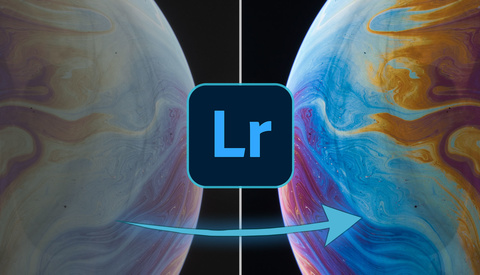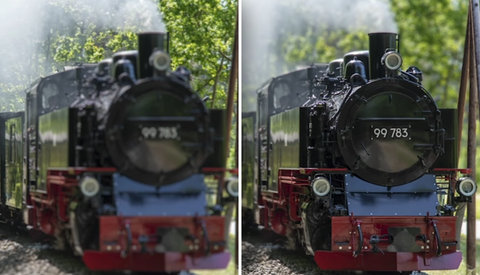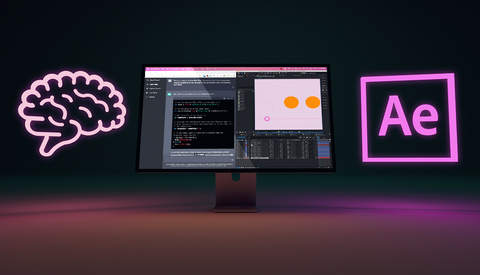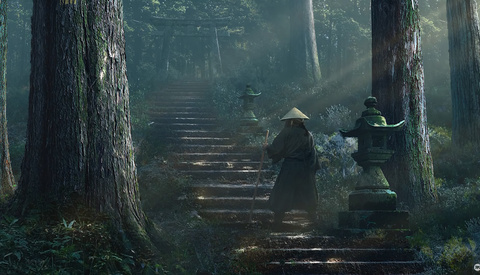Enhance the Eyes of Your Subject in Seconds Using This Photoshop Technique
The character of your portraits is conveyed by many different elements, but a crucial one is the eyes of your subject. In this short tutorial, I’ll show you how to make eyes pop without making them look fake.

















































